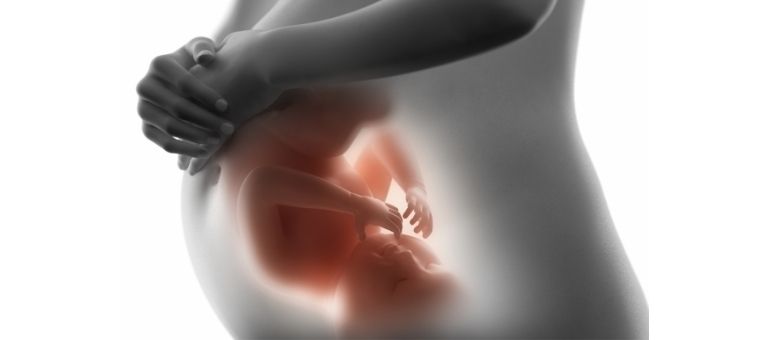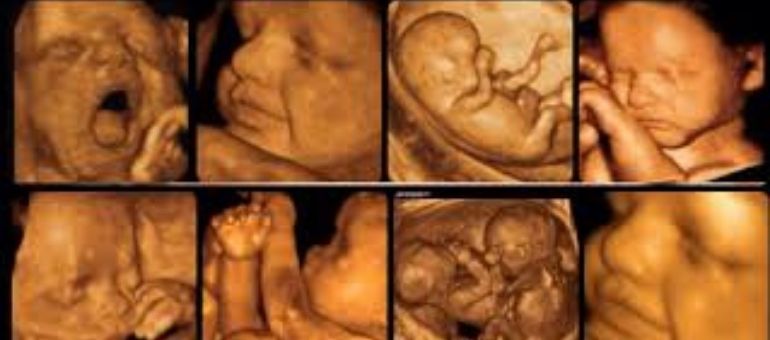CYSTOCELE (BLADDER PROLAPSE)
This is a condition where the bladder sags and bulges outward from the upper front wall of the vagina.
WHAT IS A CYSTOCELE (BLADDER PROLAPSE)?
A cystocele is a condition in which the bladder sags into the vagina due to a weakening of the muscles and fascia (membranes) that form the pelvic floor.
WHAT ARE THE RISK FACTORS FOR BLADDER PROLAPSE?
- Having had multiple pregnancies.
- Having had a natural childbirth.
- Giving birth to a large baby.
- Lifting heavy loads for a long time.
- Having chronic cough conditions like asthma.
- Having chronic constipation for many years.
- Being overweight or obese.
- Menopause.
WHAT ARE THE SYMPTOMS OF BLADDER PROLAPSE?
- Feeling structures bulging from the vagina.
- The sensation of a lump coming out of the vagina, especially when straining on the toilet.
- A feeling of incomplete bladder emptying after urinating.
- Lower back and groin pain that increases when standing.
- Pain during sexual intercourse and reduced pleasure.
- Urinary incontinence, frequent urination, difficulty urinating, and nighttime urination.
- As the severity of the prolapse increases, problems with urinary incontinence can occur when laughing or standing.
HOW IS BLADDER PROLAPSE DIAGNOSED?
Bladder prolapse can be easily diagnosed with a gynecological exam. You can be examined while standing or lying down. Your doctor will look for a tissue protrusion in your vagina that indicates pelvic organ prolapse. The strength of your pelvic floor muscles will be checked. The doctor will also try to determine the degree of your bladder prolapse with maneuvers like straining or coughing. The degree of the cystocele is important and can affect the treatment process. Based on the degree, bladder and urine tests may be necessary. Treatment can range from simple and easy exercises to strengthen the pelvic floor muscles to surgical treatment.
HOW IS BLADDER PROLAPSE SURGERY PERFORMED?
The surgery can be performed vaginally under general or spinal anesthesia. The tissues inside the vagina are separated from the bladder, and the sagging parts are repaired. This operation is completed in a short time, approximately 20 minutes. Staying in the hospital for 1 night after the surgery is sufficient. You should not be on your period during the surgery, as an operation during your period increases the risk of infection. Therefore, it is preferable to perform the surgery after your period has ended.
WHAT ARE THE POST-SURGERY PRECAUTIONS?
- After the surgery, the stitches will dissolve on their own in about 10 days. Therefore, there is no need to have them removed later.
- You should always clean the area from front to back after using the toilet.
- You should not wash in a Turkish bath, enter a swimming pool, or wash in a bathtub after the surgery. Taking a standing shower is ideal.
- You should not take a bath for the first few days after the surgery.






